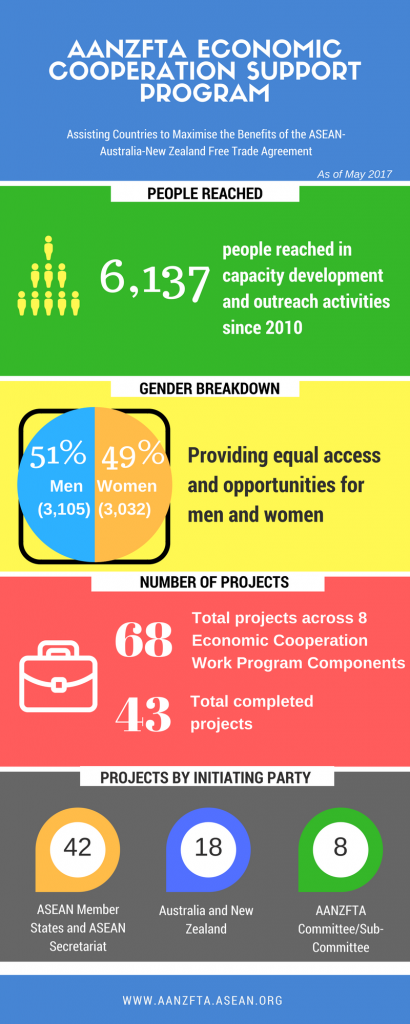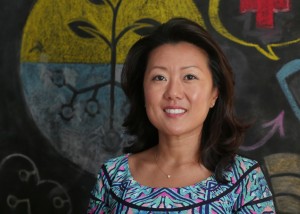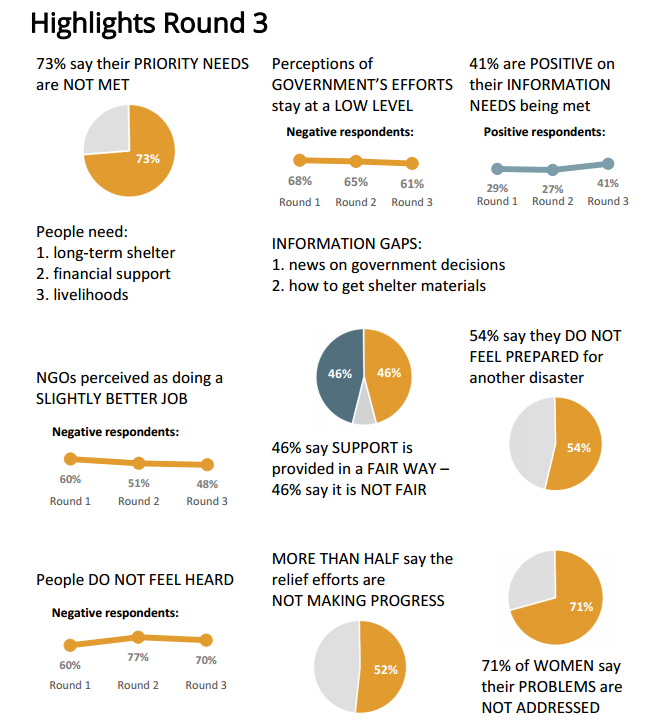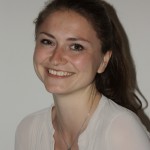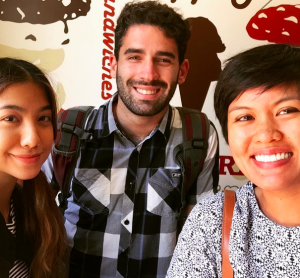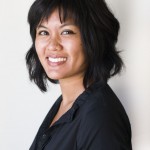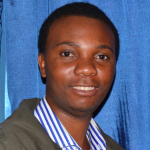After starting as a Marketing and Communications fellow in spring 2018, Danielle officially joined the TechChange team in a role split between Instructional Design and Creative. Prior to TechChange, she was a Program Associate at the Society for International Development – Washington Chapter, where she worked on event planning, graphic design, and marketing projects for the international development community.
We recently sat down with Danielle to learn more about her background and experience at TechChange. Welcome to the team!
Q: So, tell us more about yourself. How did you end up working in design and international development?
Well, that story begins where my-would-have-been medical career ends. Growing up, I always thought I’d end up in the medical field. But after completing a social innovation fellowship with Kaya Collaborative in the Philippines after my freshman year of college, I realized I could make still make a positive impact in the world without having to breakdown over biochemistry. I eagerly switched my major to International Relations and have been pursuing opportunities to work and think globally ever since.
As for graphic design, it was a random hobby I picked up in college. Designing t-shirts, social media graphics, event posters… it was through random projects like these that I taught myself Adobe Creative Suite. Over time, I’ve come to realize how important design can be for storytelling and social change, and I’ve been able to put that theory into practice here at TechChange.
Q: How did you first hear about TechChange?
I came across TechChange during my time at SID-Washington. TechChange was listed online as an Institutional Member and it sparked my interest due to its social enterprise business model, focus on education, and emphasis on user-centered design. As I was looking for opportunities after SID-Washington, TechChange immediately came to mind as a place where I could put my design, marketing, and communications skills to good use.
Q: What are some of your favorite parts of working at TechChange so far?
First and foremost, the people! Everyone at TechChange is incredibly talented and passionate about their work both in and out of the office. Finding a balance between working hard and having fun has been surprisingly easy thanks to TechChange’s supportive environment.
Apart from the people, I also love being able to work on important projects that reach a global audience. In my short amount of time at TechChange, I’ve already worked on a sexual harassment prevention training with USAID, an ICT in Education policy guide with UNESCO Bangkok, and started a project with the Ministry of Finance in El Salvador! I can’t wait to see what comes next.
Q: What excites you about Instructional Design?
Many things! First of all, it encompasses several of my interests – design, psychology, technology, among others. As an Instructional Designer, I love that I can continue learning and spreading knowledge on important topics like gender, education, etc. There are also many opportunities to be creative and I like the challenge of figuring out how to best design a course in a way that is effective and engaging.
Q: Anything you look forward to working on or learning at TechChange in the next year?
I’m excited to expand my creative skillset and work with clients to create high-quality and thoughtfully designed products!
Q: Lastly, what’s something that not a lot of people know about you?
That I spent two years of my childhood living in the Philippines. It was definitely a life-changing experience that helped me get in touch with my Filipino heritage and even learn to speak Tagalog!

